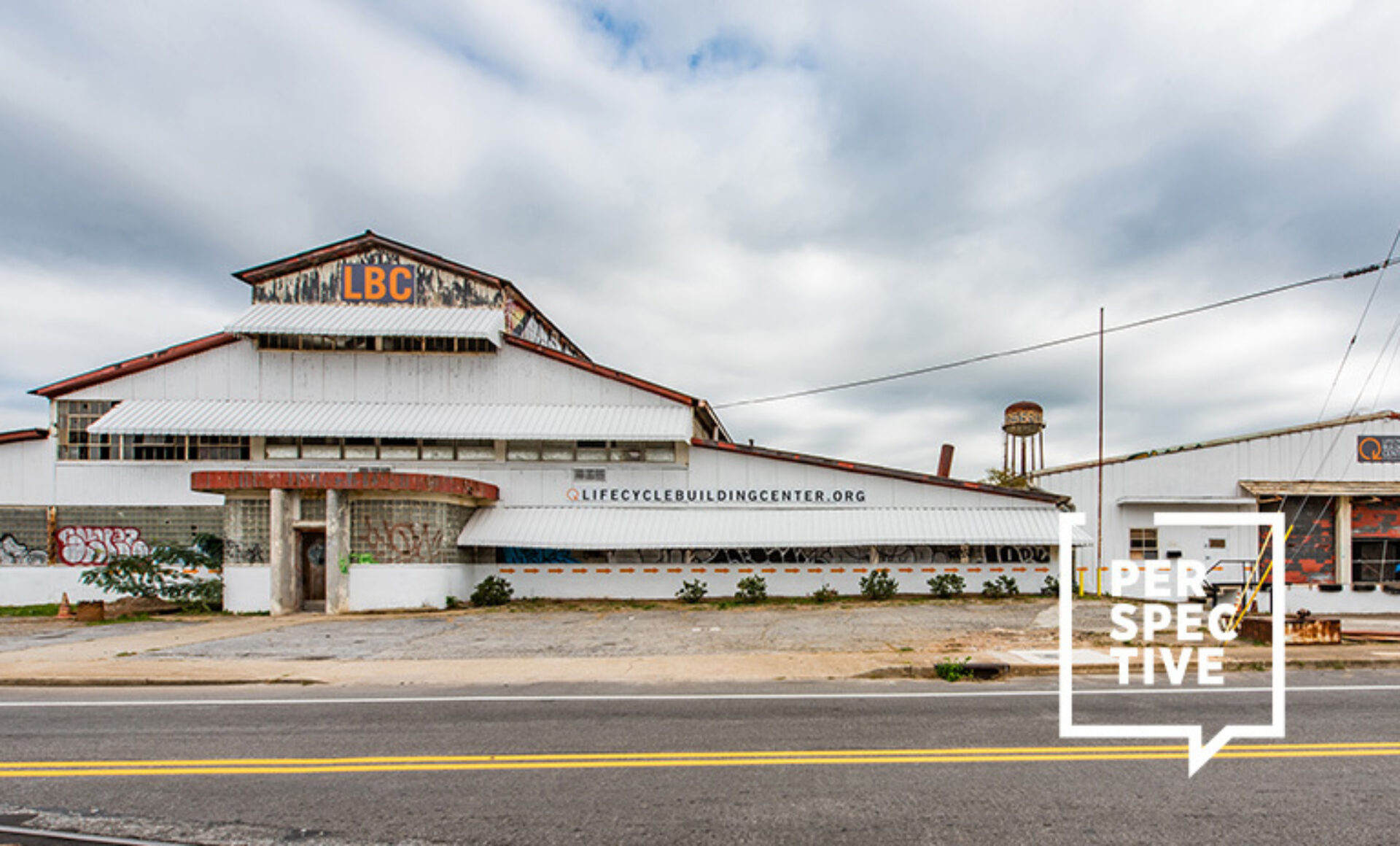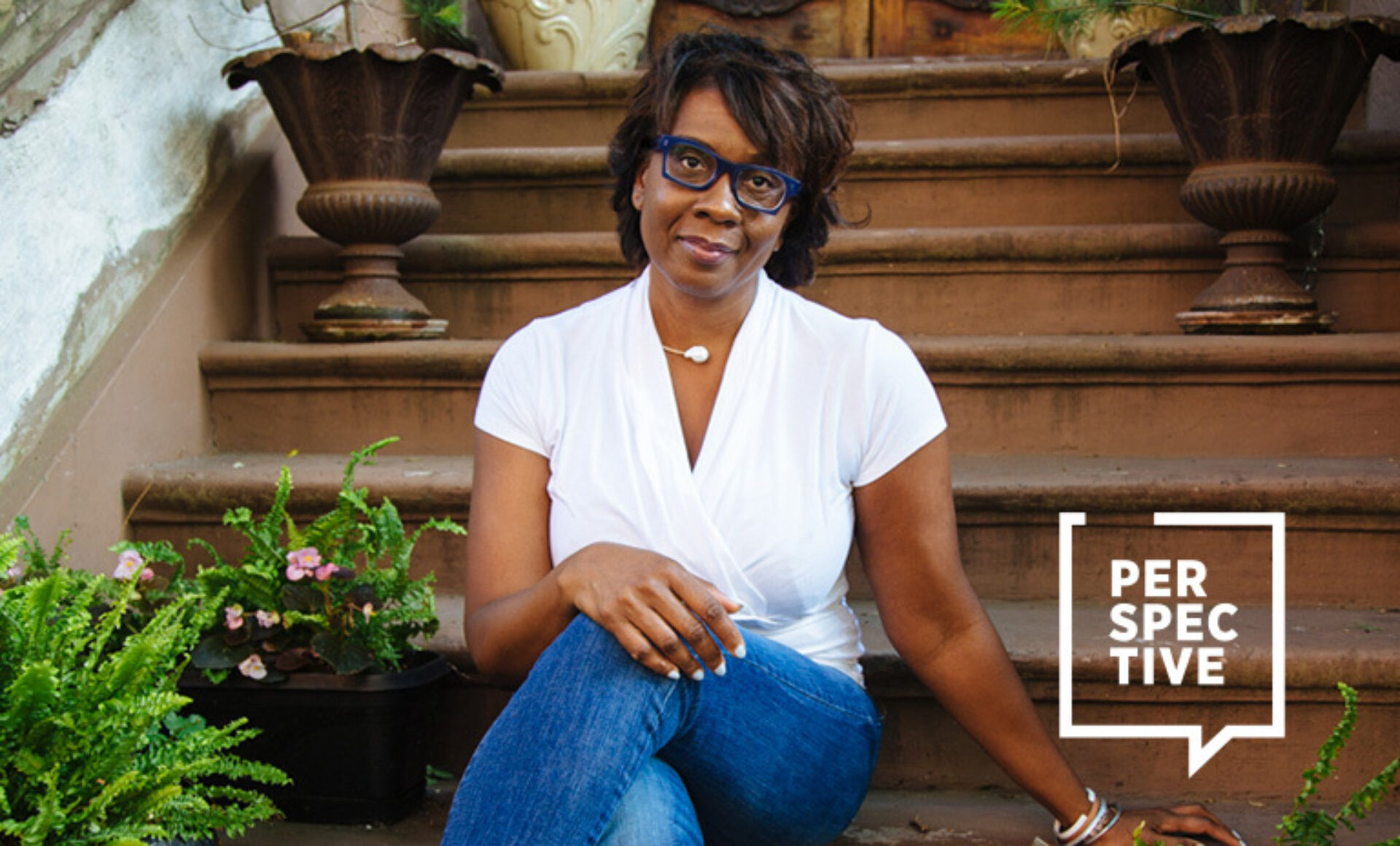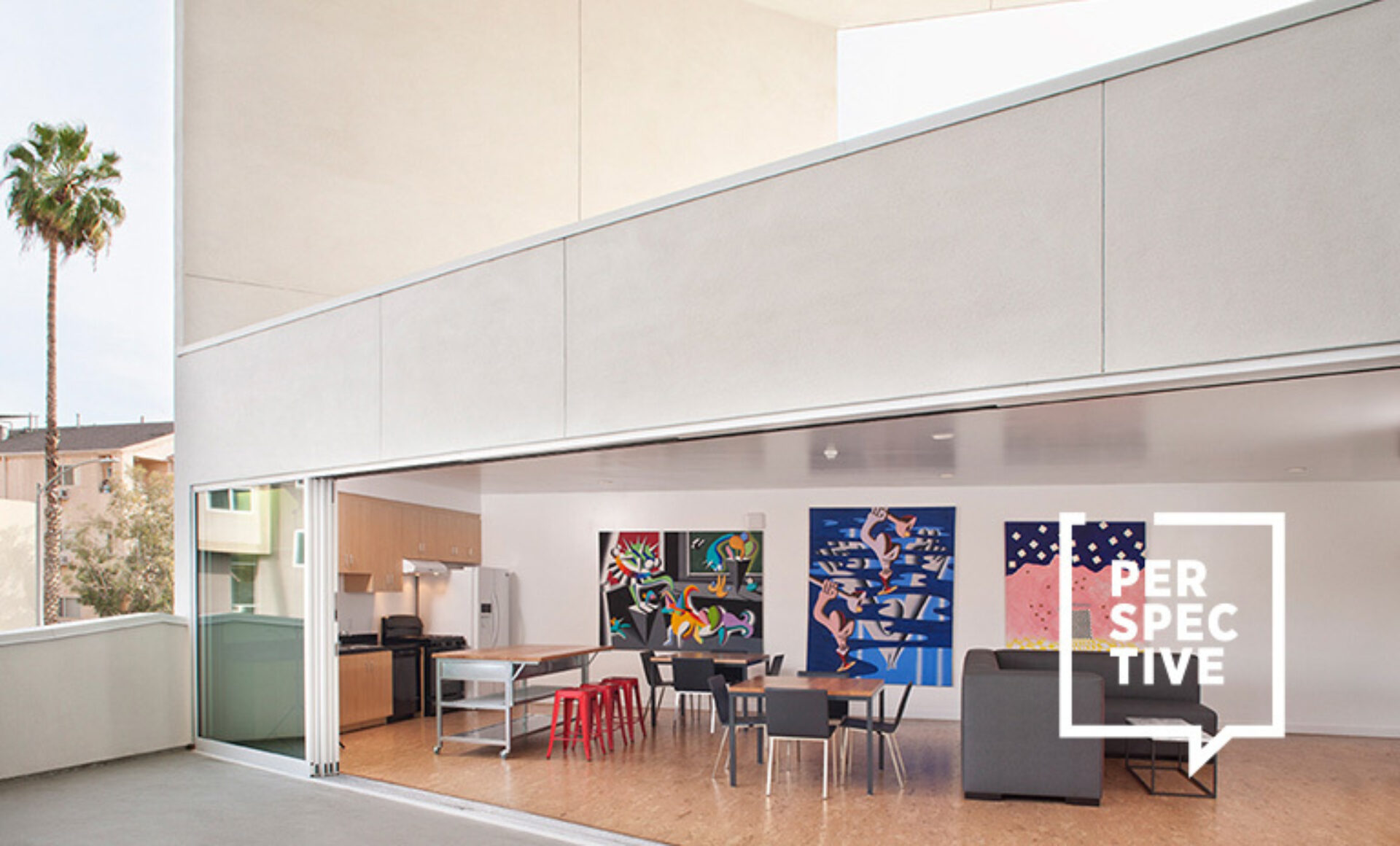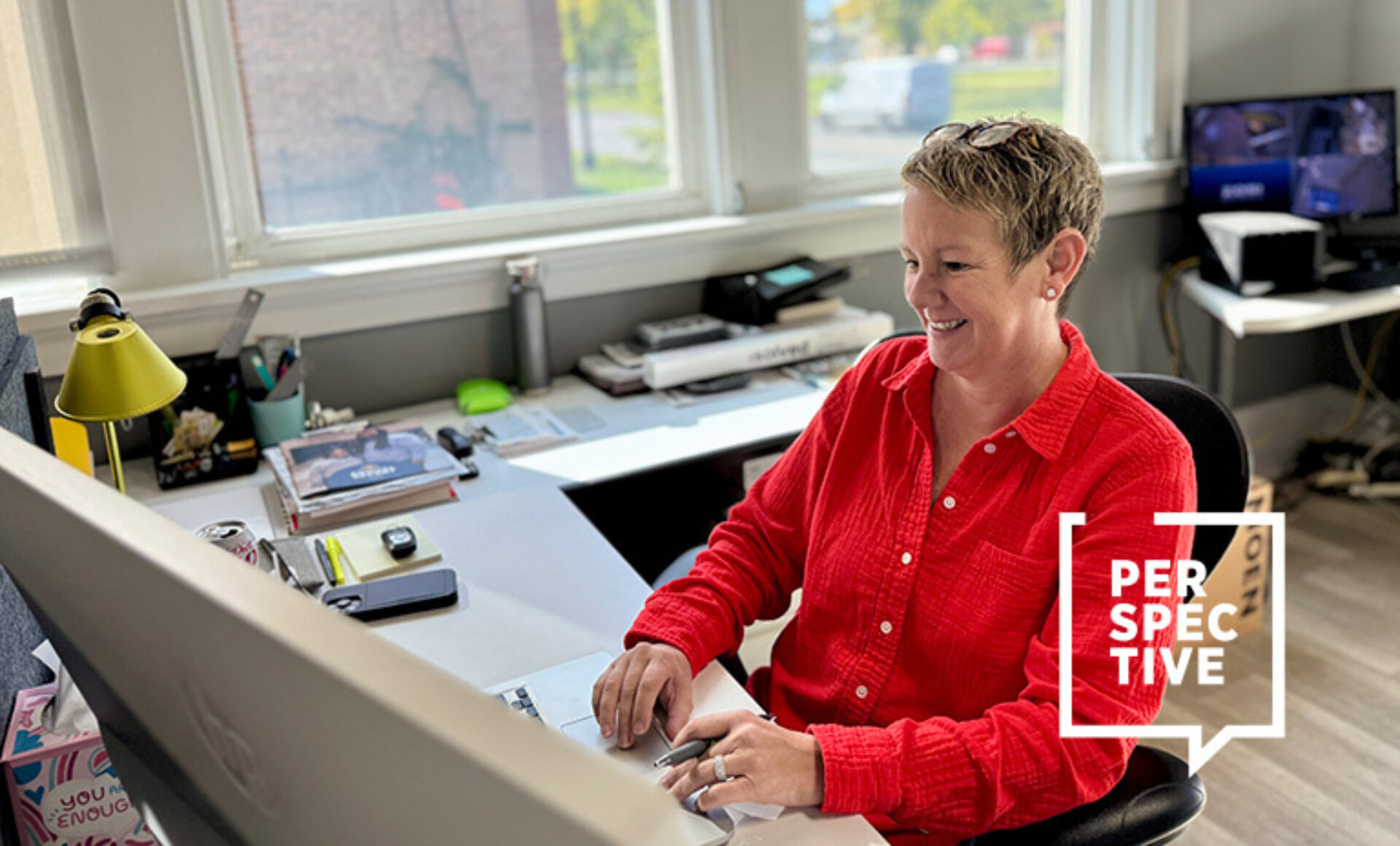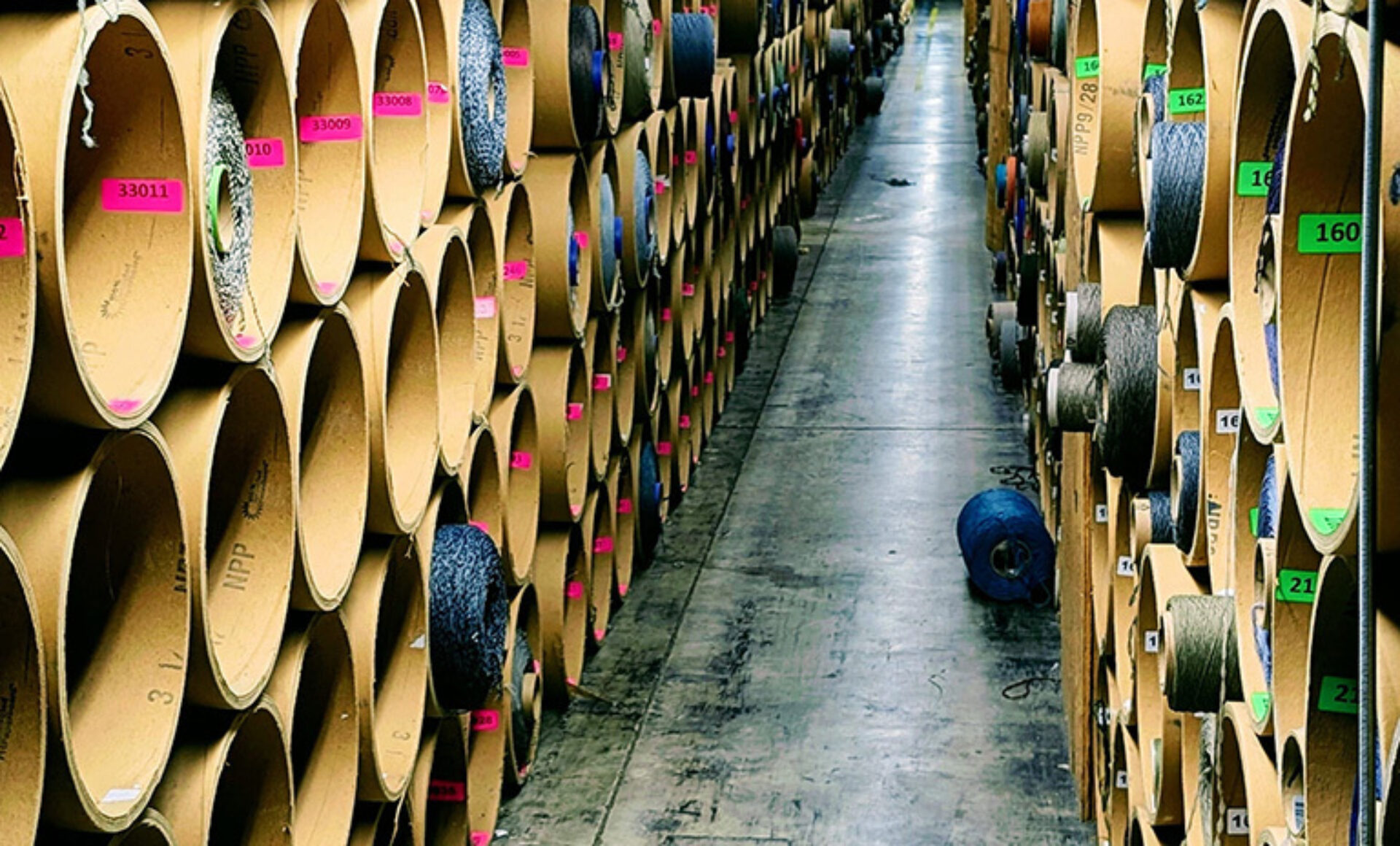When Samantha Josaphat, NOMA, completed her architecture education, experience, and certification, she went to register with the African American Directory of Architects. That’s when she found out that she was the 397th African American Female Architect to achieve licensure in the USA. The importance of this number stuck with her. Thus Studio 397, a New York-based architecture and interior design studio she co-founded with multidisciplinary passive house designer, Luis Medina, was named to commemorate this. The husband-wife team has been working on creating thoughtful spaces—from residential to corporate and beyond—that help connect people, strengthen communities, and inspire better futures one project at a time.

Trip to Rome, View of Roman Forum w/ our moms
Above Image: Time, Afternoon. Trip to Rome, View of Roman Forum w/ our moms. Image Courtesy of Samantha Josaphat
Her efforts in creating meaningful change extend beyond borders. Josaphat, who serves as president of the New York Chapter of the National Organization of Minority Architects (NOMA) and is an Adjunct Associate Professor in the City College of New York, was recently awarded, together with Medina, the Partners in Design Climate Action Fellowship from the Civita Institute in Italy. Established to increase awareness of our changing climate and encourage architects, planners, designers, artists, writers and other arts creative professionals to take action and contribute to a more sustainable societal response, the fellowship provided a unique opportunity for research on cultural sustainability.
“The town is literally eroding,” says Josaphat. “They have like a population of like 7 people that actually live there.” Accessed via a 360-meter (foot) pedestrian bridge from the nearby Bagnoregio village, Civita is known as “the dying town” due to the fact that the rock that supports it is subject to intense erosion by wind and water. Its collapse is slow but seemingly inevitable. Hence, it’s become a tourist destination—a kind of cultural scavenger hunt.
Having spent the month of March at the small hill town midway between Rome and Florence, the Studio 397 team examined ways to preserve the unique qualities of Civita and considered high performance retrofitting of local existing buildings with a focus on preservation, sustainability, and health. Looking into construction details, principles of passive house buildings, and locally available materials and strategies, they not only learned new methods, strategies, and techniques, but importantly gained insight into the past—a necessary step in order to look to the future.
“We're going to put together a guide that helps retrofit older existing buildings to make them more energy efficient,” Josaphat explains. “We'll be looking at the conditions of windows or how the roof meets the wall and see where there are gaps that can help really make a difference in how the building feels,” she adds. “As the climate starts to become more harsh and temperamental within a short period of time, we want to make sure the buildings can adapt properly to the changing climate.”
Civita may be called “the dying town” but at times, it doesn’t feel like it’s dying at all. Josaphat describes delicious restaurants, sophisticated wine tasting, and breathtaking strolls across town. There are medieval stone buildings, flowery alleys, steps, and balconies—all adding to the town’s beauty and unique character. The main piazza is the beating heart of the town: where locals sip espresso, tourists hang out, and donkeys race twice a year per a decades-long tradition.
As for Josaphat, she enjoyed the quiet. She describes listening to birds chirping and church bells ringing from their kitchen window, working while overlooking the neighbors getting ready for the spring season—cleaning off the garden and walkways—on the adjacent terrace, and shopping for fresh fruits and vegetables at the town’s market. “Italy has been wonderful—and Civita is magical! So many scenic views,” she says. “Every time we go to a bigger city I am excited to get back to this small ancient town—it sometimes feels like we have it all to ourselves.”






